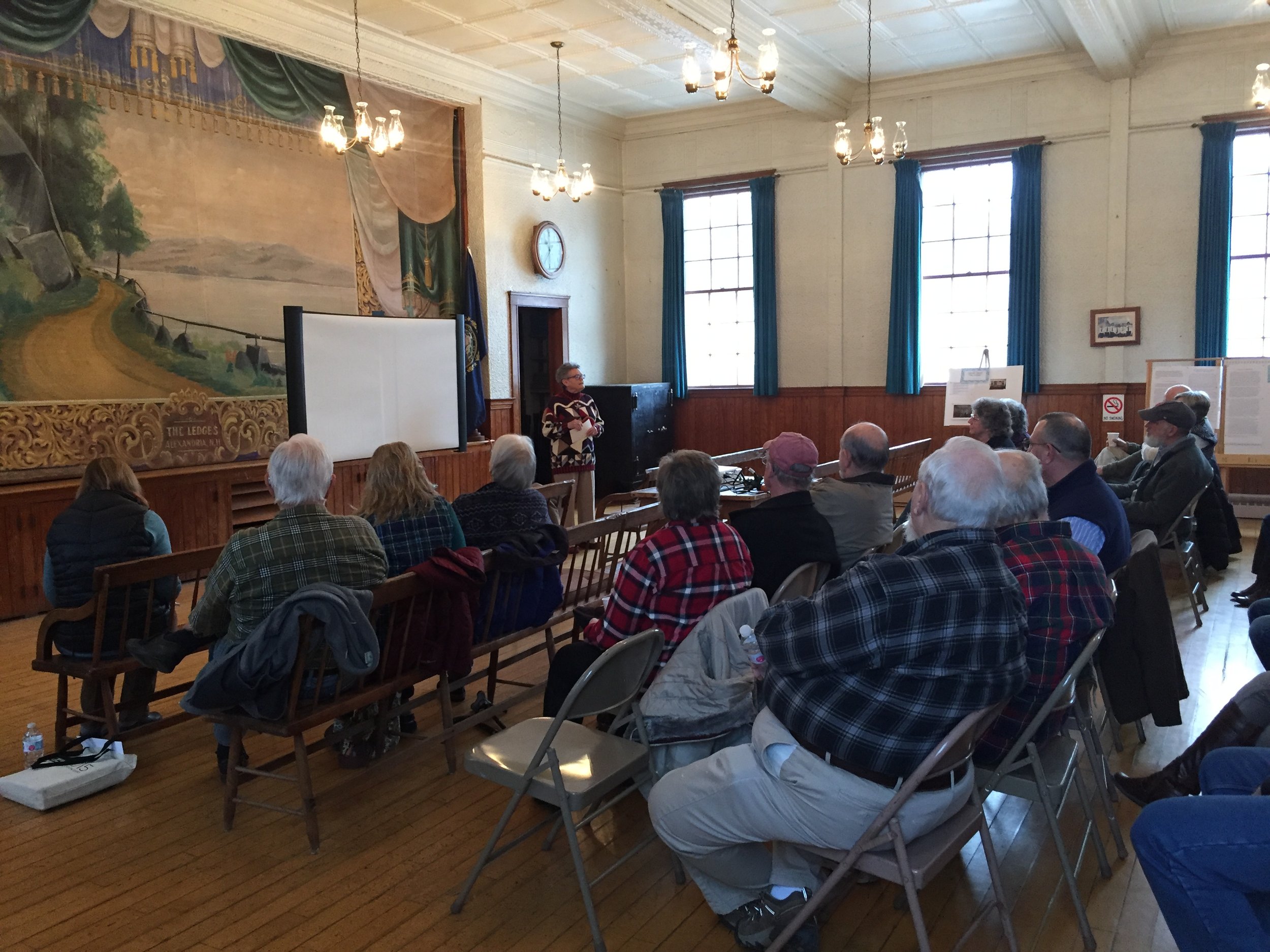Historic Building Revitalization
We value the architectural and cultural heritage of our state and local communities, and seek to salvage historic structures and properties whenever feasible. We have had the pleasure of working closely with and developing strong relationships with the New Hampshire Division of Historical Resources, the New Hampshire Land and Community Heritage Investment Program (LCHIP), the New Hampshire Preservation Alliance, and the National Parks Service in the successful documentation and restoration of historic buildings.
The following are services that we offer specific for historic properties.
Preservation & Revitalization Planning
Understanding a historic building is essential to the long-term preservation of the property, and often-times this information is not all in one place. Through the development of a historic building assessment, the building is documented through measurements and photographs, and its history and story are recorded. An exploration of how the building can be rehabilitated and transformed takes place, bringing all invested parties to the table.
Documenting and measuring the building and site to create architectural floor plans, site plan, and building elevations and sections that capture the current state of the building. These drawings can be used to record the building as it exists, can be used to aid in revitalization efforts or even maintenance planning.
Existing Condition Drawings
Federal Historic Tax Credit Program
This federal program coordinated with the NH Department of Historical Resources, allows for a 20% investment tax credit for rehabilitating historic buildings and properties and transforming them into income producing properties. The three-part process includes listing the building and/or property on the National Register of Historic Places. Following this, thorough documentation of the existing conditions of the building, outlining of the proposed rehabilitation work to the property, and conformance with the Secretary of the Interior’s Standards for Rehabilitation are composed into a single document. At the conclusion of construction, the final piece includes certification of completed work and its conformance with the submitted documentation and plans. This is an intense process that needs to be planned for in the scheduling of a project.
Historic buildings are often centerpieces of our communities; icons that hold important memories and hold cultural significance. When approaching any restoration or rehabilitation of an historic property, whether managed by a non-profit organization or a municipality, garnering the support of the local community is a critical step in the long-term success and vibrancy of the property. Each project will require a slightly different approach to engaging the community, as each community is uniquely their own.
Community Consensus Building





